Home>Furniture & Design>Bathroom Accessories>How To Change Toothbrush Head
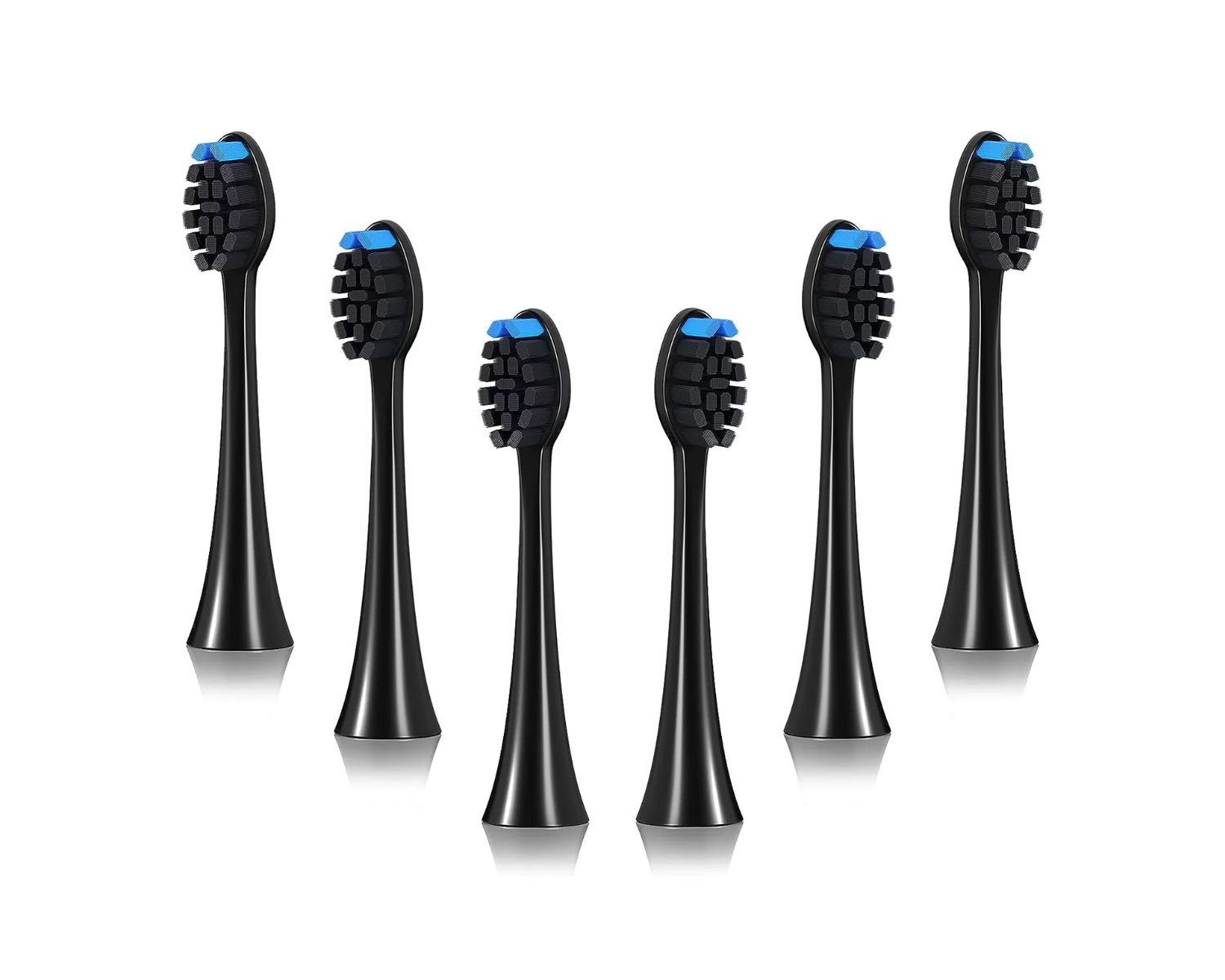

Bathroom Accessories
How To Change Toothbrush Head
Modified: April 22, 2024
Learn how to change the toothbrush head easily with our step-by-step guide. Keep your bathroom accessories fresh and clean.
(Many of the links in this article redirect to a specific reviewed product. Your purchase of these products through affiliate links helps to generate commission for Storables.com, at no extra cost. Learn more)
Introduction
Changing your toothbrush head is an essential aspect of maintaining good oral hygiene. Over time, the bristles of a toothbrush head wear down, diminishing its effectiveness in removing plaque and bacteria from your teeth and gums. By regularly replacing the toothbrush head, you ensure that your brushing routine remains as effective as possible in promoting dental health.
In this guide, we will walk you through the simple and important process of changing your toothbrush head. Whether you use a manual toothbrush with replaceable heads or an electric toothbrush, the steps for changing the toothbrush head are relatively straightforward. By following these steps, you can ensure that your toothbrush continues to provide optimal cleaning and protection for your teeth and gums.
Now, let's delve into the step-by-step process of changing your toothbrush head to maintain a healthy and effective oral care routine.
Key Takeaways:
- Keep your smile bright: Regularly change your toothbrush head every 3-4 months to ensure effective cleaning and protection for your teeth and gums.
- Choose wisely: Select a toothbrush head that suits your dental needs, whether it’s soft bristles for sensitive gums or specialized heads for orthodontic care.
Read more: How Often To Change Toothbrush Head
Step 1: Remove the old toothbrush head
Removing the old toothbrush head is the initial step in the process of changing your toothbrush head. Whether you have a manual toothbrush with replaceable heads or an electric toothbrush, the removal process is relatively simple.
For Manual Toothbrushes:
- Grip the Handle: Firmly hold the handle of the toothbrush with one hand to stabilize it.
- Twist and Pull: With your other hand, twist the old toothbrush head counterclockwise to loosen it from the handle. Apply gentle pressure as you twist to ensure a smooth removal. Once it's loosened, pull the old head straight out from the handle.
For Electric Toothbrushes:
- Power Off: If your electric toothbrush is powered on, switch it off to prevent any accidental activation during the head removal process.
- Press the Release Button: Many electric toothbrushes are designed with a release button specifically for detaching the old head. Locate this button and press it to release the old head from the handle.
Dispose of the Old Head:
Once the old toothbrush head is removed, it's important to dispose of it properly. If it's a manual toothbrush head, you can simply throw it away in the trash. However, if it's an electric toothbrush head, it's recommended to check if it can be recycled according to local guidelines. By disposing of the old head responsibly, you contribute to environmental sustainability.
By successfully completing this step, you have now removed the old toothbrush head, setting the stage for the next crucial step of selecting the new toothbrush head.
Now that you've successfully removed the old toothbrush head, let's move on to the next step of selecting the new toothbrush head.
Read more: How To Change Gleem Toothbrush Head
Step 2: Select the new toothbrush head
Selecting the right toothbrush head is a crucial aspect of maintaining optimal oral hygiene. Whether you use a manual toothbrush with replaceable heads or an electric toothbrush, choosing the appropriate head can significantly impact the effectiveness of your daily dental care routine. Here's a detailed guide to help you make an informed decision when selecting a new toothbrush head.
Consider Bristle Type:
When choosing a new toothbrush head, consider the type of bristles that best suit your dental needs. Soft bristles are generally recommended by dental professionals as they effectively clean teeth and are gentle on the gums. If you have sensitive gums or enamel, opting for extra-soft bristles can provide a comfortable brushing experience while effectively removing plaque and debris.
Assess Your Dental Concerns:
Take into account any specific dental concerns or conditions you may have. For individuals with orthodontic appliances, such as braces or retainers, selecting a toothbrush head designed specifically for orthodontic care can facilitate thorough cleaning around brackets and wires. Similarly, if you have gum disease or are prone to plaque buildup, choosing a toothbrush head tailored for plaque removal and gum care can be beneficial in maintaining oral health.
Compatibility with Your Toothbrush:
Ensure that the new toothbrush head is compatible with your existing toothbrush handle. Whether you have a manual toothbrush or an electric one, it's essential to select a replacement head that fits securely and aligns properly with the handle. Most toothbrush manufacturers offer a range of compatible replacement heads, allowing you to choose one that seamlessly integrates with your toothbrush.
Read more: How To Change Sonicare Toothbrush Head
Electric Toothbrush Considerations:
If you use an electric toothbrush, explore the range of specialized brush heads available for your specific model. These may include heads designed for whitening, deep cleaning, sensitive teeth, or tongue cleaning. Selecting a brush head tailored to your individual needs can enhance the overall effectiveness of your electric toothbrush in addressing your oral care requirements.
Seek Professional Recommendations:
Consulting with your dentist or dental hygienist can provide valuable insights into selecting the most suitable toothbrush head based on your oral health needs. They can offer personalized recommendations and guidance, taking into account any dental conditions or treatment plans you may have.
By carefully considering these factors, you can confidently select a new toothbrush head that aligns with your oral care requirements, ensuring that your brushing routine remains effective and beneficial for your dental health.
Step 3: Attach the new toothbrush head
Attaching the new toothbrush head is a straightforward yet pivotal step in the process of changing your toothbrush head. Whether you have a manual toothbrush with replaceable heads or an electric toothbrush, properly attaching the new head ensures that it functions effectively during your daily oral care routine.
For Manual Toothbrushes:
-
Align the Head: Take the new toothbrush head and align it with the handle, ensuring that the bristles are facing outward and in the correct position for brushing.
-
Twist Clockwise: With a gentle yet firm grip, twist the new toothbrush head clockwise onto the handle. Apply even pressure to ensure a secure fit.
-
Test the Attachment: Once the head is securely attached, give it a slight tug to confirm that it is properly in place. If it remains firmly attached, the new toothbrush head is successfully secured to the handle.
For Electric Toothbrushes:
-
Match and Slide: Examine the base of the new toothbrush head and the top of the handle to identify the matching components. Slide the new head onto the handle, ensuring that it fits snugly and aligns correctly.
-
Press to Click: Once the head is in position, press it firmly onto the handle until you hear or feel a distinct click. This indicates that the head is securely attached and ready for use.
-
Power On: If your electric toothbrush was turned off during the head attachment process, you can now power it on and proceed with your brushing routine.
By following these simple yet essential steps, you have successfully attached the new toothbrush head to your toothbrush handle. This ensures that your toothbrush is ready to provide optimal cleaning and protection for your teeth and gums during each use. With the new head securely in place, you can proceed to the final step of testing the functionality of the replacement head.
Now that you've successfully attached the new toothbrush head, let's move on to the next step of testing the new toothbrush head to ensure its functionality.
Step 4: Test the new toothbrush head
Testing the new toothbrush head is a crucial step to ensure its functionality and effectiveness in maintaining your oral hygiene. Whether you have replaced the head of a manual toothbrush or an electric toothbrush, conducting a simple test can provide assurance that the new head is ready to deliver optimal cleaning and protection for your teeth and gums.
For Manual Toothbrushes:
After attaching the new toothbrush head, run your finger along the bristles to ensure that they are evenly distributed and free from any defects or irregularities. This tactile examination allows you to confirm that the bristles are in good condition and will effectively clean your teeth without causing any discomfort to your gums.
For Electric Toothbrushes:
Switch on the electric toothbrush and briefly run it without applying toothpaste. Pay attention to the movement and sound of the brush head to ensure that it operates smoothly and without any unusual vibrations or noises. Additionally, observe the bristle movement to confirm that they oscillate or rotate as intended, providing the necessary cleaning action for your teeth and gums.
Once you have conducted these simple tests, proceed to brush your teeth as you normally would during your oral care routine. Pay attention to the feel of the new toothbrush head and assess its ability to effectively clean your teeth and massage your gums. If you notice any discomfort, unusual sensations, or lack of cleaning efficacy, it may indicate that the new head is not suitable for your dental needs.
In the case of electric toothbrushes, if you experience any unexpected issues during the testing phase, such as irregular movements or unusual sounds, it is advisable to discontinue use and recheck the attachment of the head to the handle. If the issues persist, consider contacting the manufacturer or seeking assistance from a dental professional to address any potential concerns with the new toothbrush head.
By conducting these tests and paying attention to the performance of the new toothbrush head, you can ensure that it meets the necessary standards for effective oral care. This proactive approach allows you to address any potential issues early on, ensuring that your brushing routine continues to contribute to your overall dental health.
With the new toothbrush head successfully tested and confirmed for optimal functionality, you can proceed with confidence, knowing that your oral care routine is supported by a reliable and effective toothbrush head.
Conclusion
In conclusion, changing your toothbrush head is a simple yet crucial aspect of maintaining optimal oral hygiene. By following the step-by-step process outlined in this guide, you can ensure that your toothbrush continues to provide effective cleaning and protection for your teeth and gums.
Regularly replacing the toothbrush head is essential for several reasons. Over time, the bristles of a toothbrush head wear down, reducing their ability to effectively remove plaque and bacteria from the surfaces of your teeth and along the gumline. By replacing the head, you can maintain the necessary level of bristle firmness and effectiveness, contributing to a thorough and gentle cleaning experience.
Furthermore, changing the toothbrush head is particularly important for individuals with specific dental concerns or conditions. For those with sensitive gums, using a toothbrush head with soft or extra-soft bristles can help prevent irritation while ensuring thorough cleaning. Similarly, individuals with orthodontic appliances or gum disease can benefit from specialized toothbrush heads designed to address their unique oral care needs.
By selecting a new toothbrush head that aligns with your dental requirements and ensuring its proper attachment and functionality, you actively contribute to the overall health of your teeth and gums. This proactive approach to oral care can help prevent dental issues such as plaque buildup, gum disease, and enamel erosion, ultimately supporting your long-term dental well-being.
It's important to note that while the frequency of replacing toothbrush heads may vary depending on individual usage and preferences, a general guideline is to replace the head every three to four months or sooner if the bristles show signs of wear. Adhering to this recommendation ensures that your toothbrush remains an effective tool in your daily oral care routine.
In essence, changing your toothbrush head is a small yet impactful practice that significantly contributes to your overall dental health. By embracing this simple routine, you can maintain a fresh and effective brushing experience, promoting a healthy and radiant smile for years to come.
Frequently Asked Questions about How To Change Toothbrush Head
Was this page helpful?
At Storables.com, we guarantee accurate and reliable information. Our content, validated by Expert Board Contributors, is crafted following stringent Editorial Policies. We're committed to providing you with well-researched, expert-backed insights for all your informational needs.
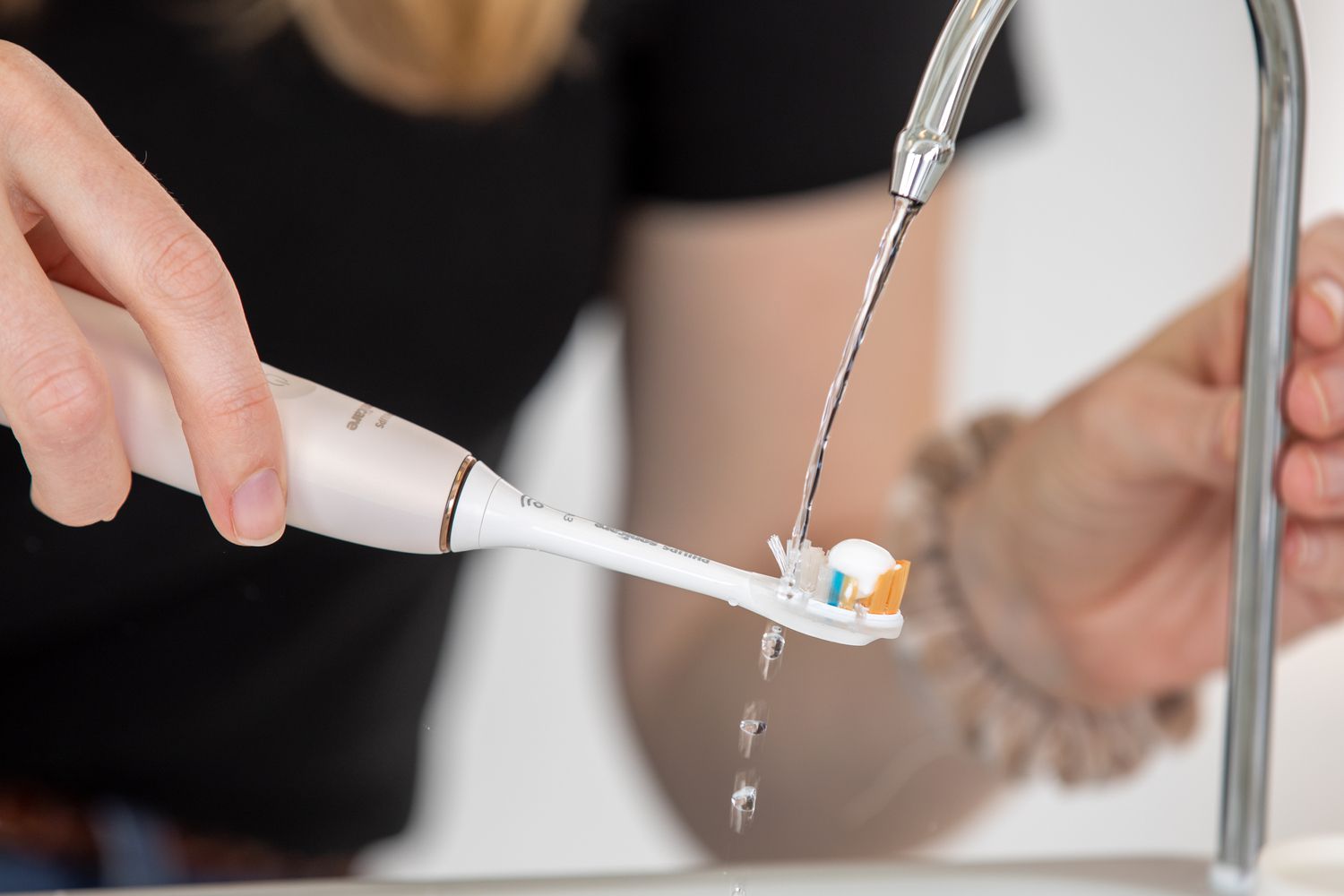
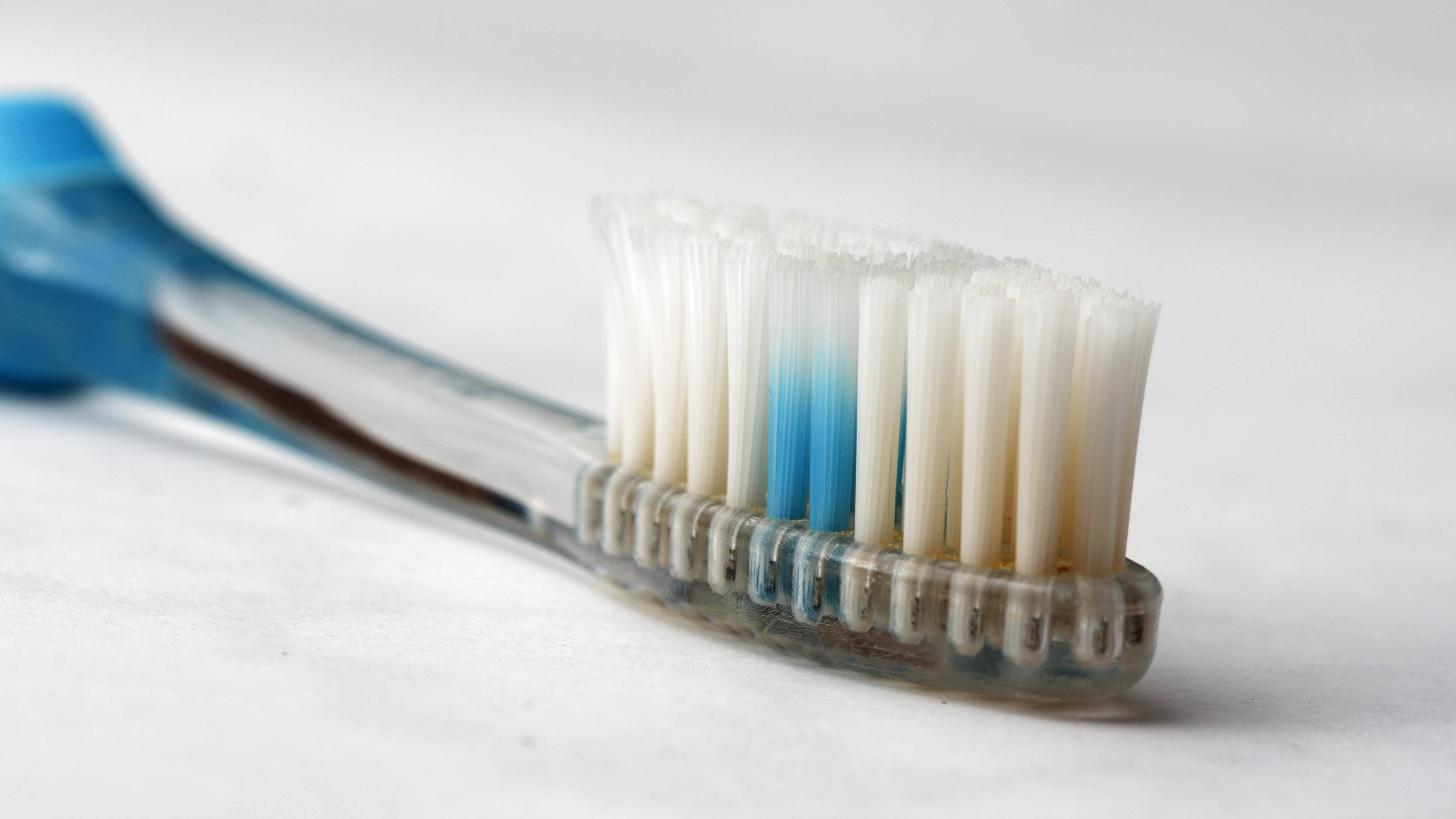
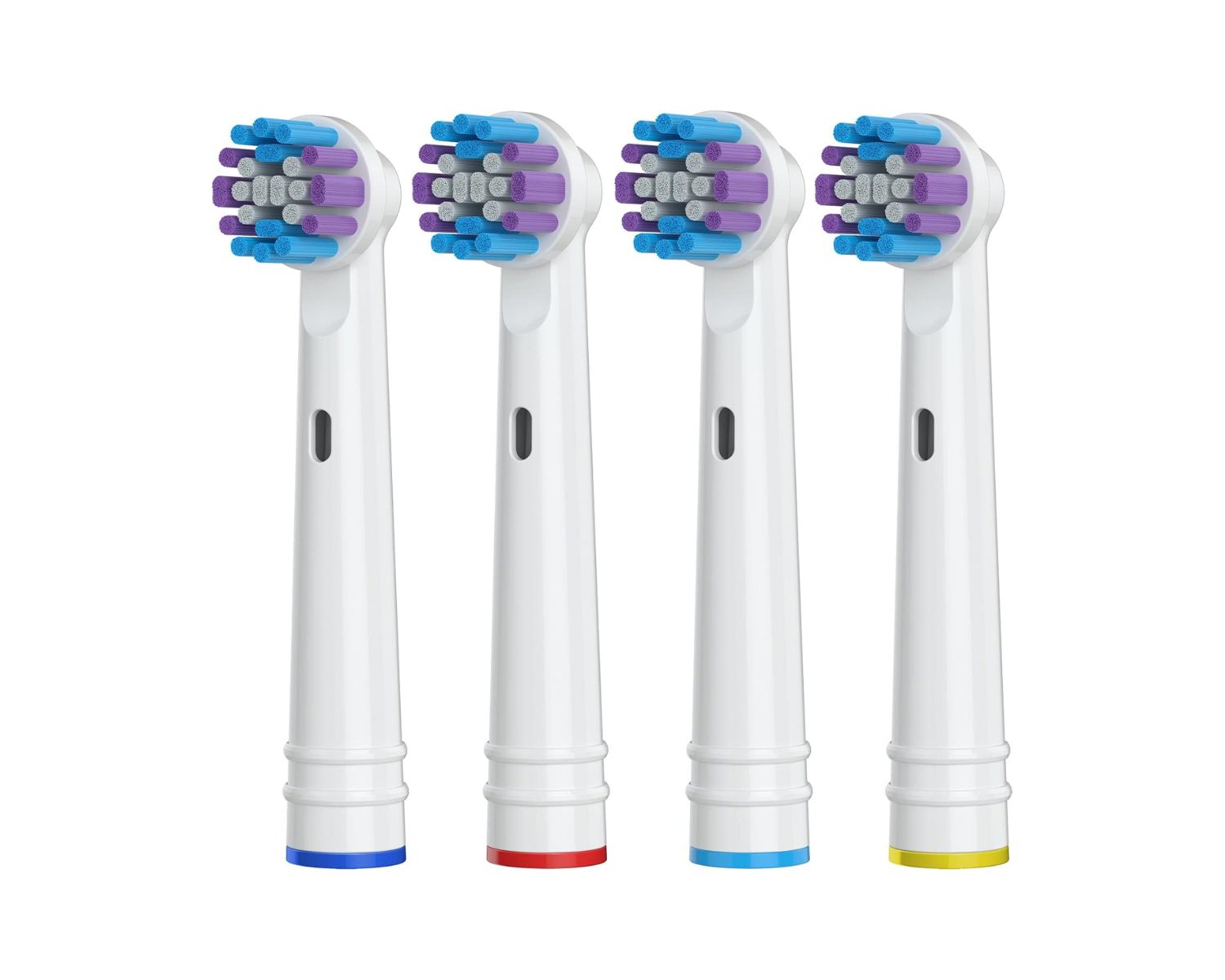
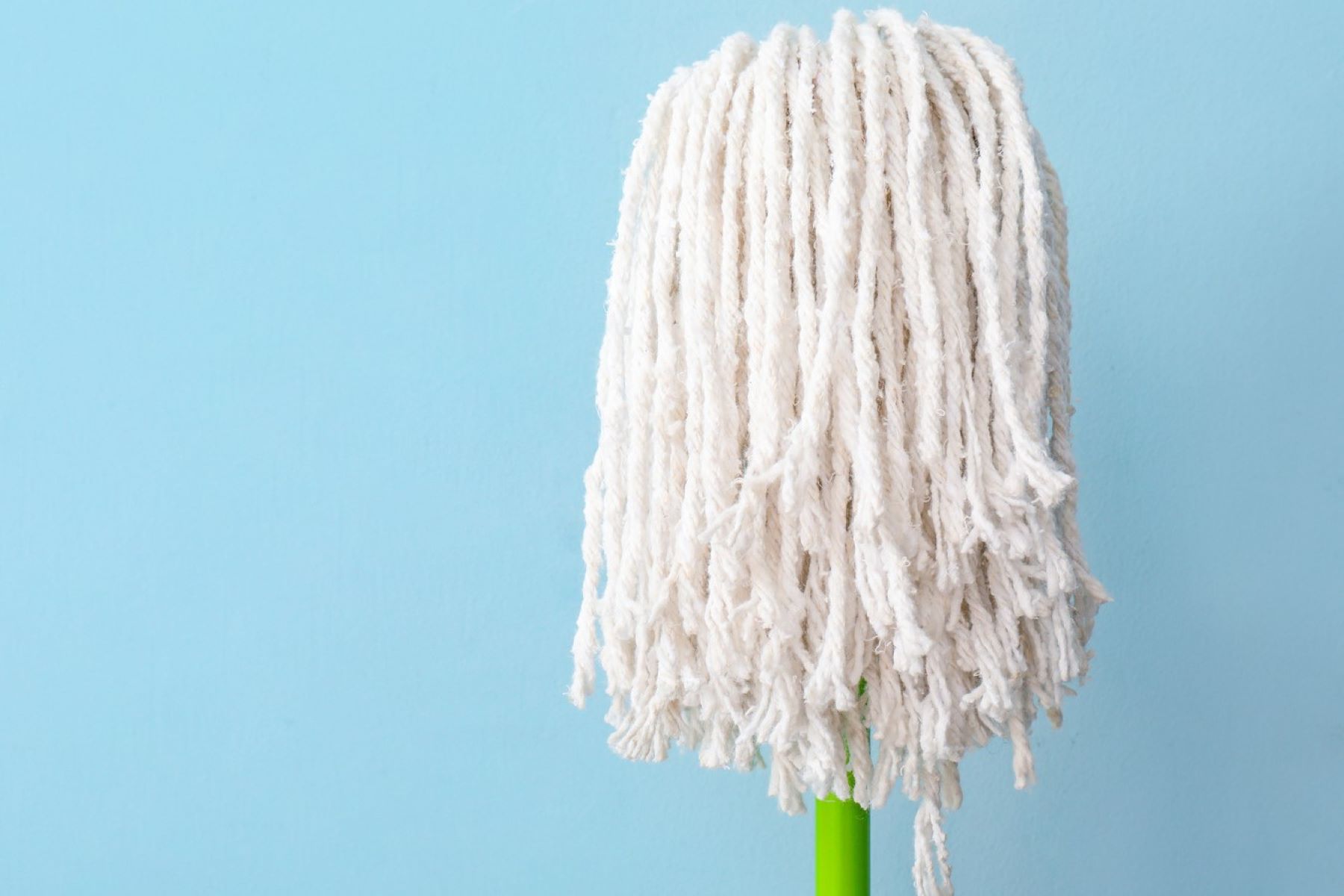
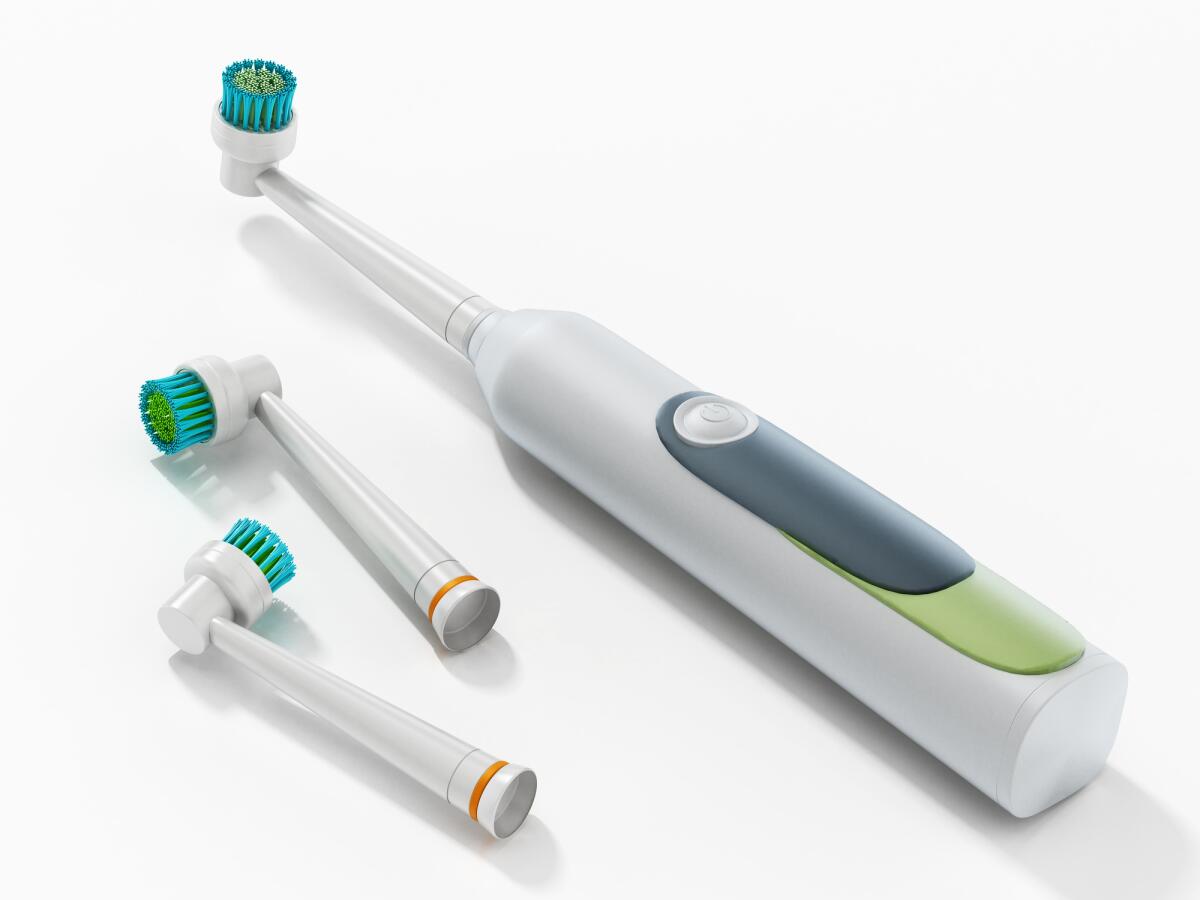
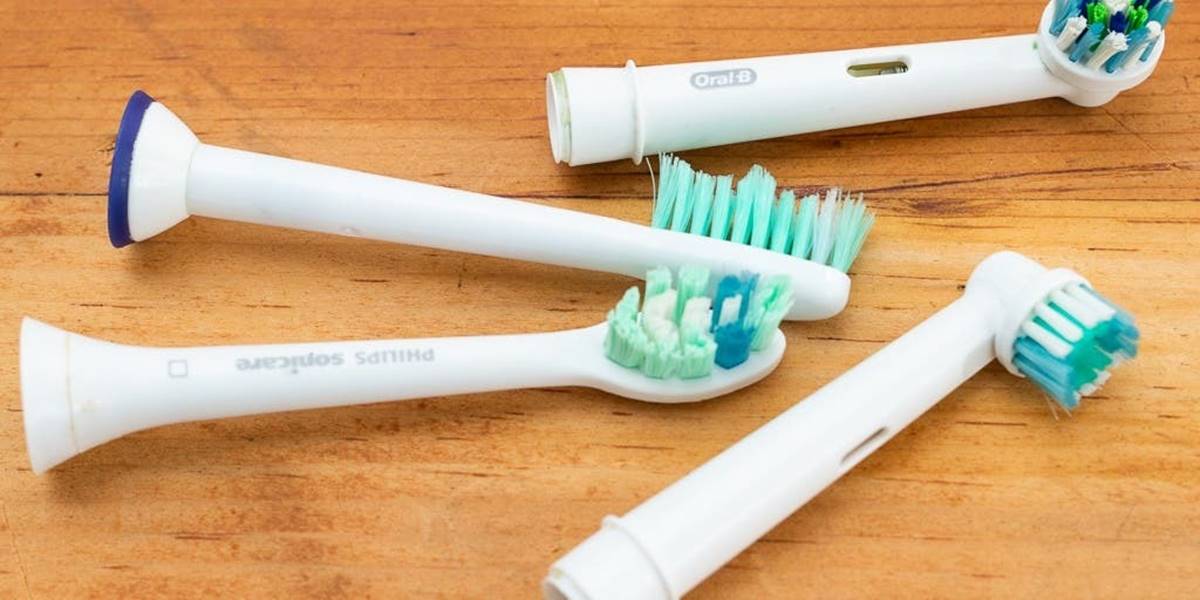
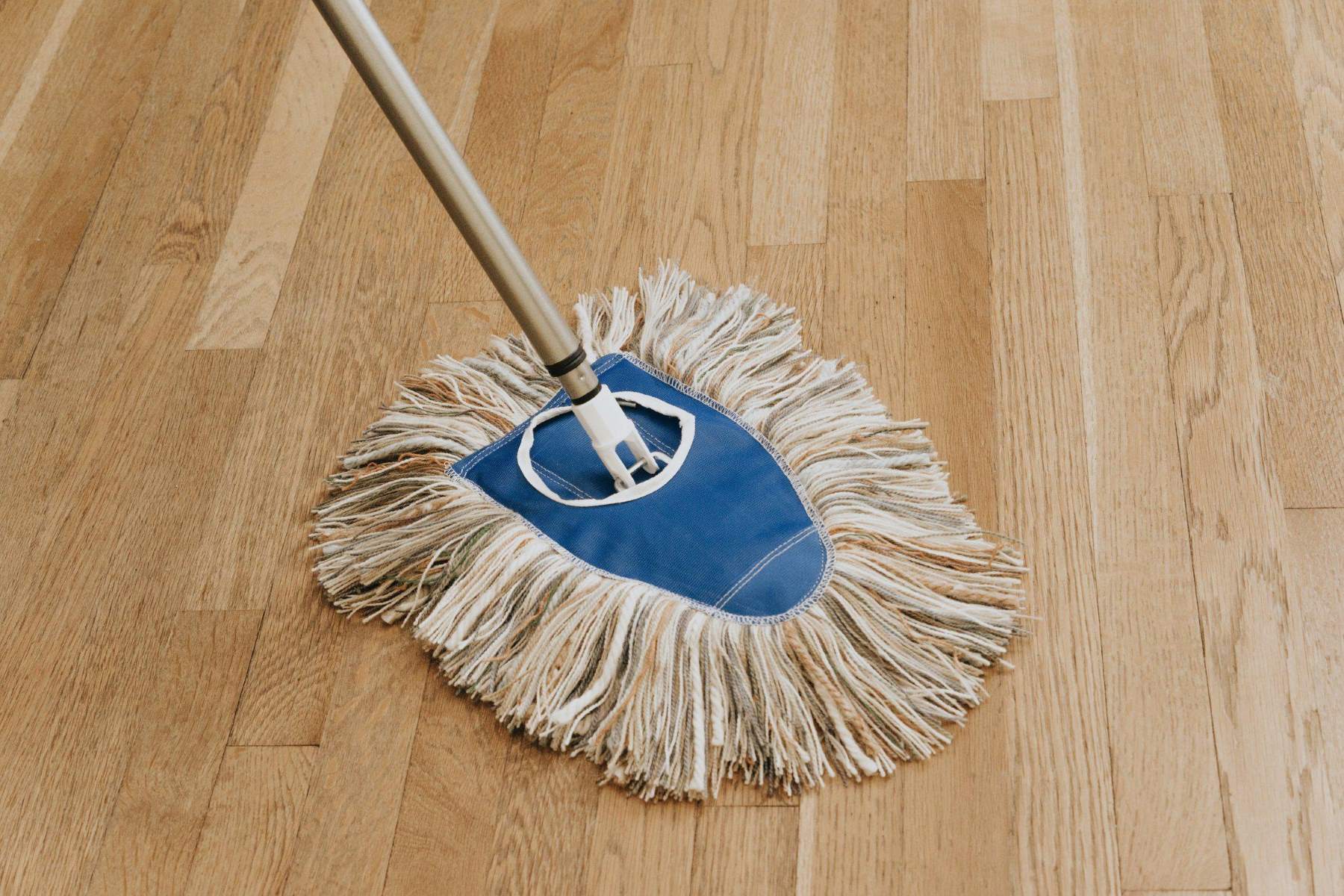
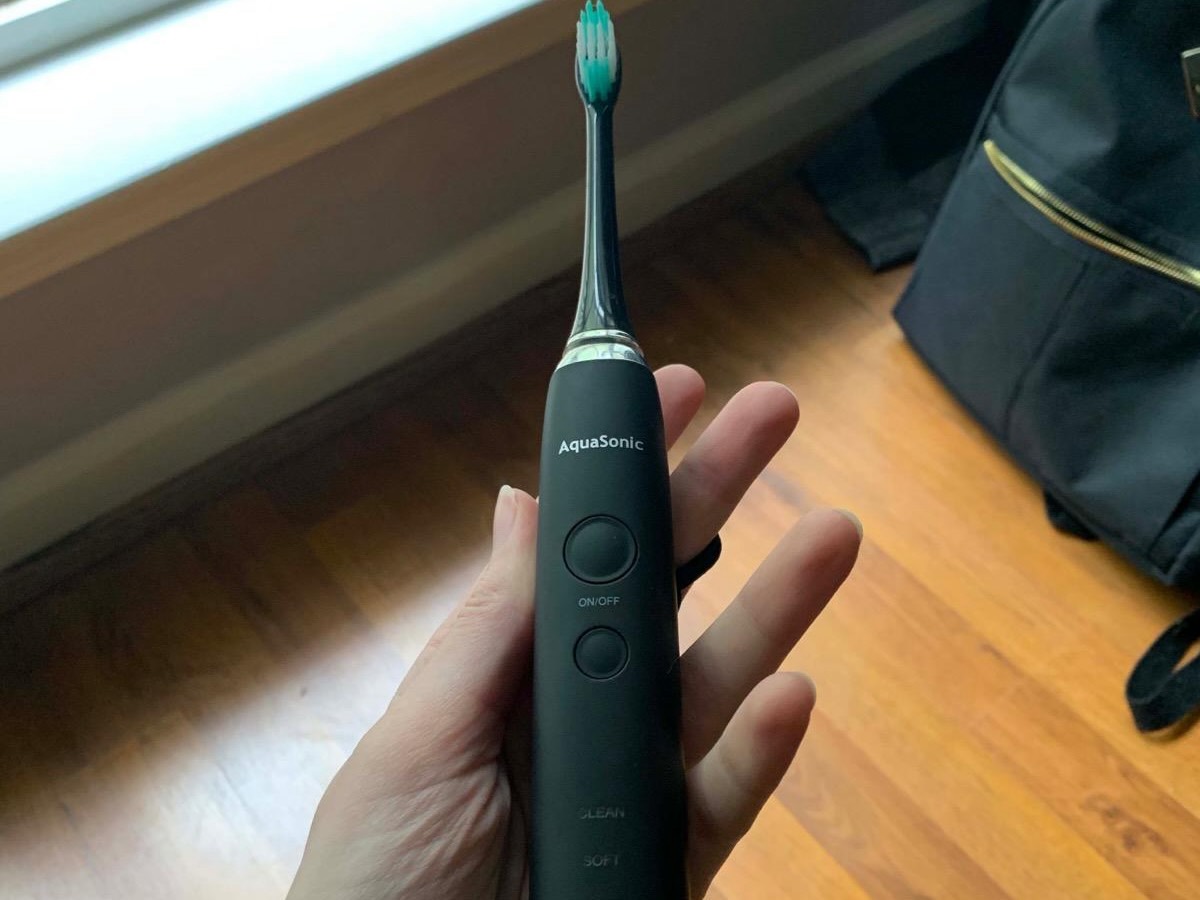
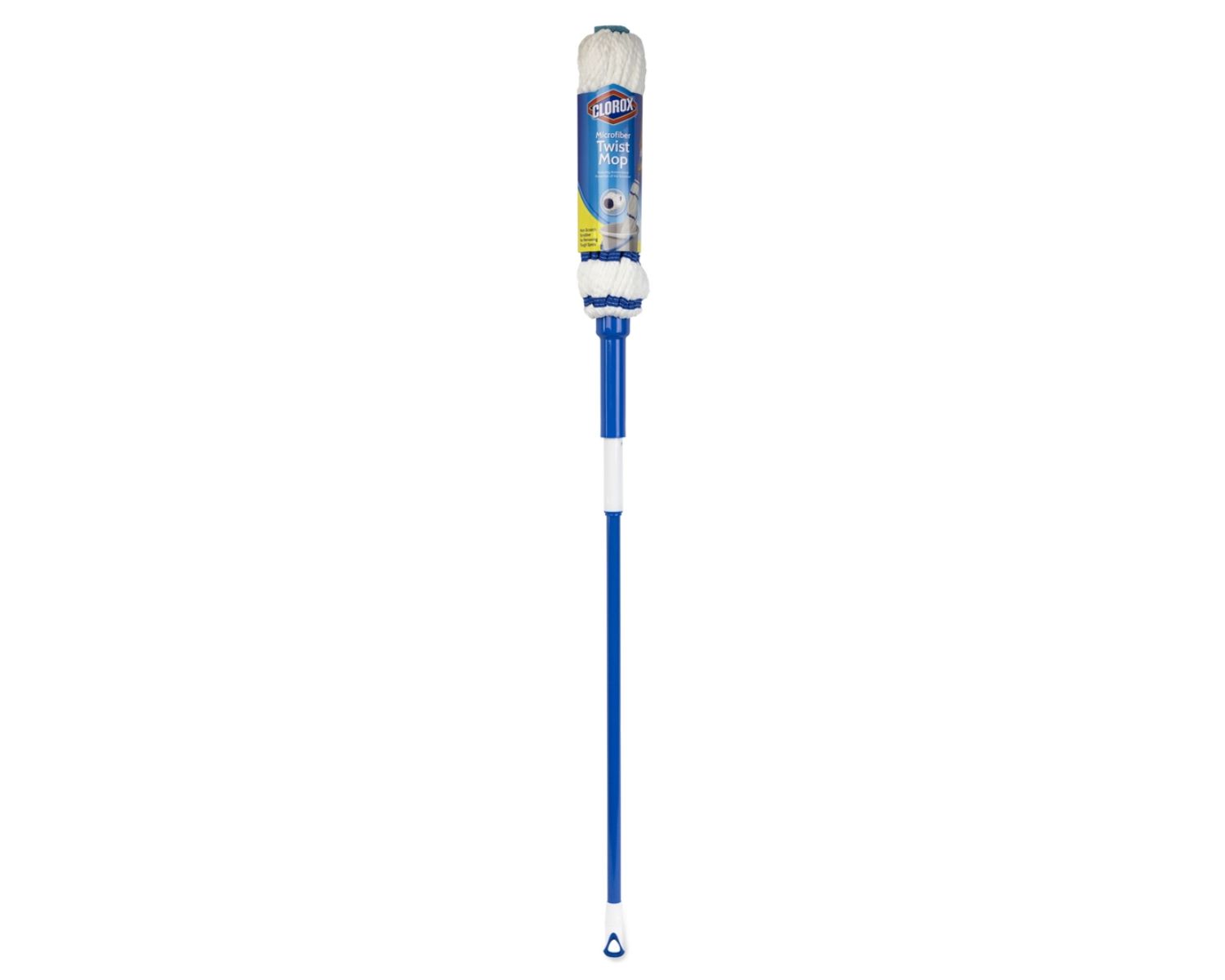
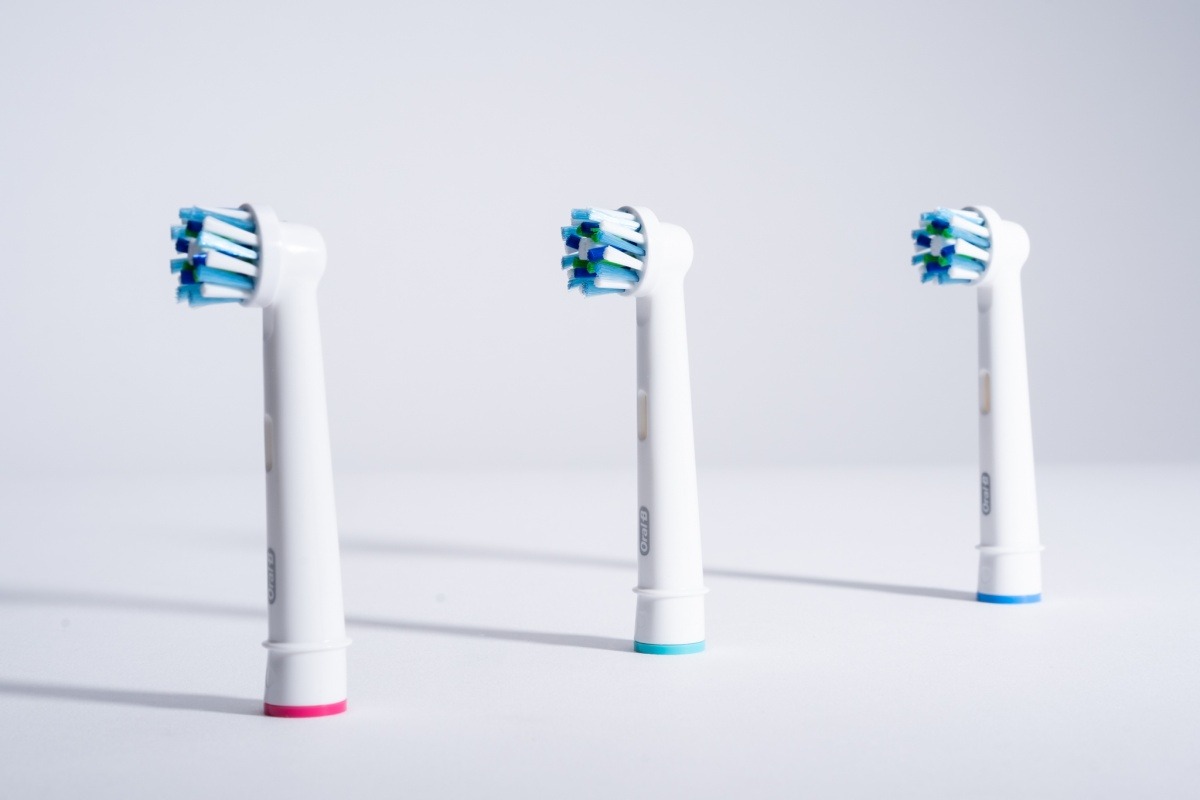
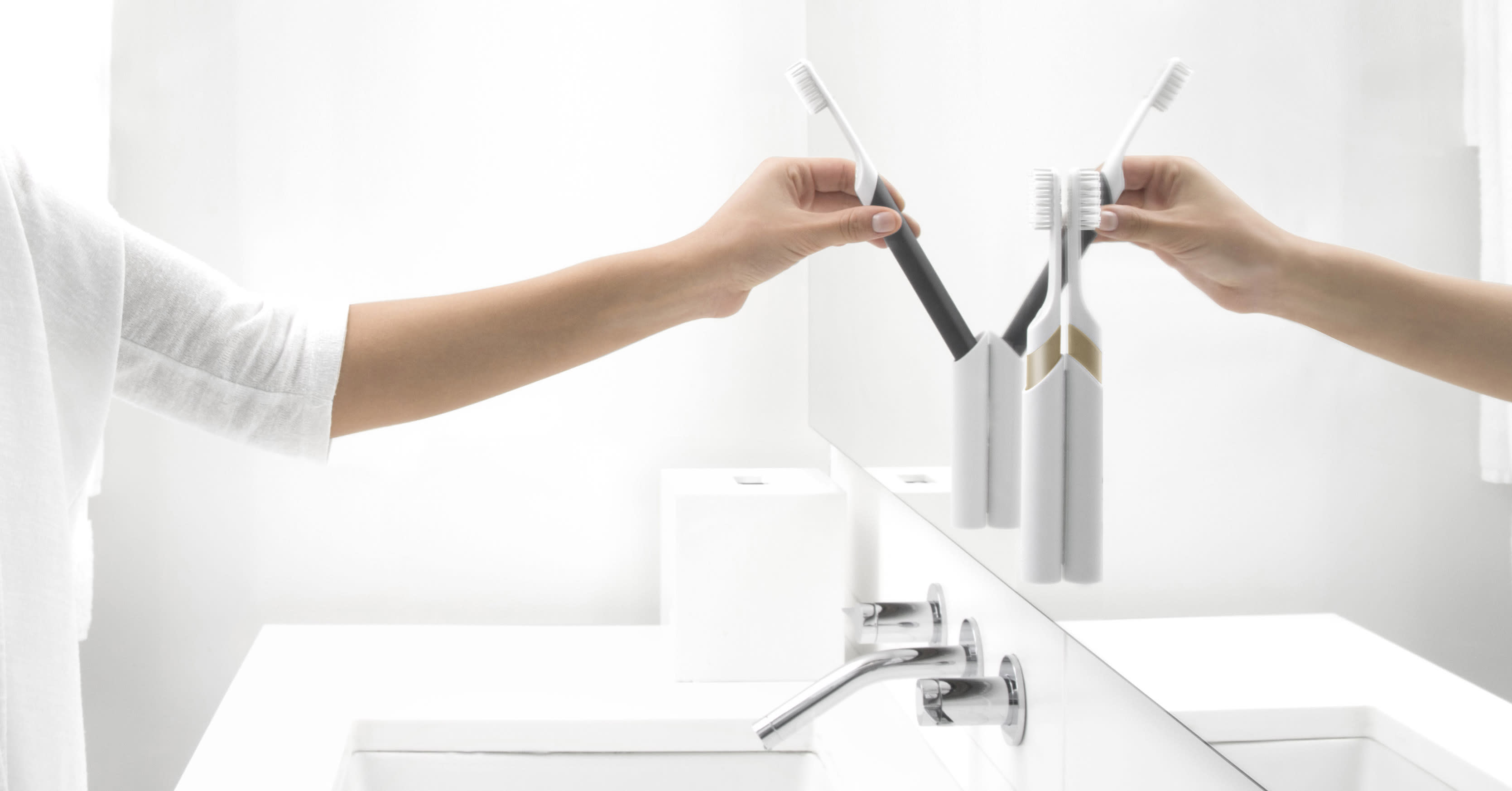

0 thoughts on “How To Change Toothbrush Head”